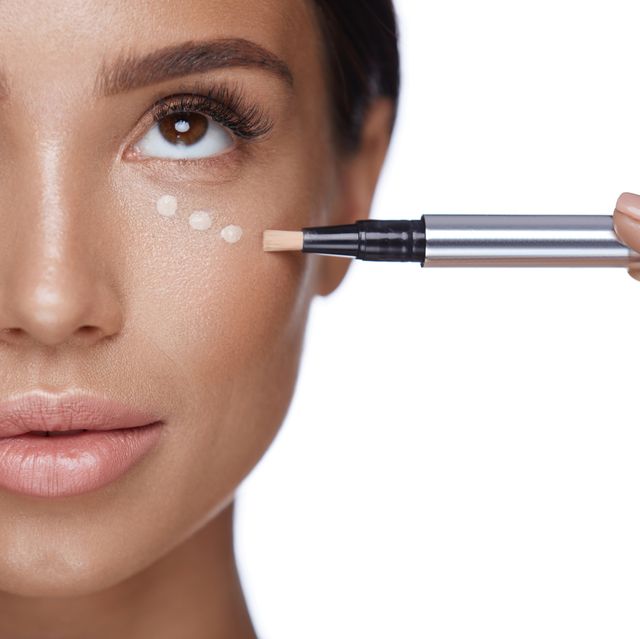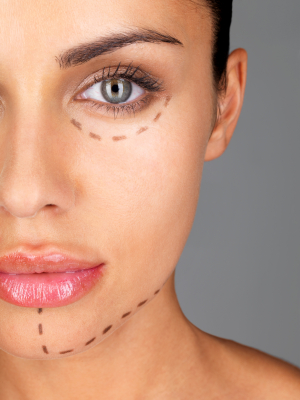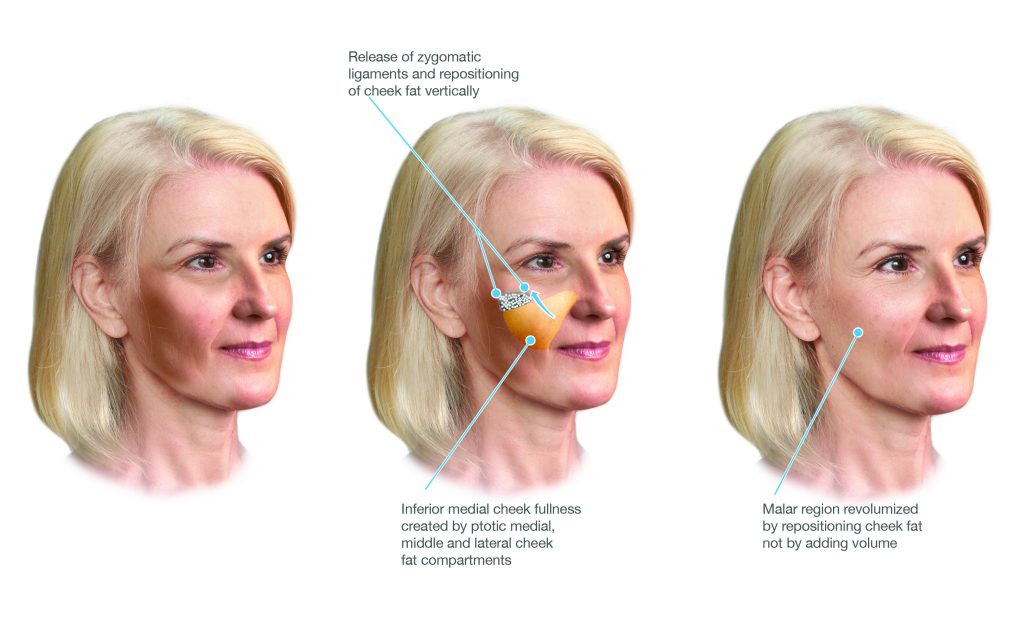
Breast augmentation can be done after breast feeding. However, there are some factors to consider. You can breastfeed even after breast augmentation, but you need to consult your lactation consultant and surgeon. Breast milk contains lots of nutrients. It is possible to supplement your breast milk with formula. This is not always necessary. There are times when you might feel nervous after breast augmentation surgery.
Breast augmentation and fat transfer
The location of the incisions during a breast augmentation with fat transfer is likely to have no impact on your ability to nurse. These incisions measure approximately three millimeters long and are located in the inframammary fold just below the nipple. Because these incisions are not close to the nipple, they don't affect the nipple sensation or letdown reflex.
Fat that has been taken from the breast during a previous procedure might act as a permanent or temporary graft. Fat cells from a fat transfer procedure will be permanently attached to the breast. However, most of them will eventually be absorbed. If the fat cells aren't distributed properly, this can lead in uneven results. Also, fat harvested during the procedure will be collected under low pressure in order to minimize damage to fat cells.

Breast implants
This concern could be caused by the fact that there are not enough studies to determine the link between breast implants and breastfeeding. The Western culture sees the breast as a sexual organ. Advertising often suggests that formula and breast milk are equal. More research is required to identify the causes and psychosocial factors that lead to a reduced breast-feeding rate. The research results show that there is a balance between health benefits and risks.
While most breast augmentation procedures are performed using the same incision technique, some surgeons use different incisions. An example of this is breast augmentation using fat transfer. The incision is approximately three millimeters in length. The incision usually takes place in the inframammaryfold. It's not necessary for the incision to be made next to the Nipple.
Incisions around the areola
These incisions located around the areola during breast augmentation are also known as periareolar. These incisions, which are located so close to breast implants, are great for breast surgery. These incisions prevent the surgeon's from cutting the nerves running through the areola. This can cause problems if you breastfeed. If they are skilled in planning this type of incision, plastic surgeons can do it.
Often, incisions around the areola can be hidden from plain view. The transition from dark skin tone to light skin tone is gradual. For a few months, the incision will be easily visible, but it will eventually fade away. Patients will not experience any pain or sensation loss after the procedure. The recovery process of a breast lift is the same as that of augmentation.

Attempting to breastfeed after breast augmentation
Breast augmentation can cause some confusion when it comes to breastfeeding. Breast augmentation is not a common procedure, but it can lead to breastfeeding failures. One study by Cruz and Korchin included both women who attempted and did not attempt breastfeeding. At two weeks after surgery, the rates were similar between women with and without breast augmentation. Researchers noted that there were no differences in the types and locations of the incisions used. The three studies showed that women who had breast augmentation had a lower likelihood of exclusively breastfeeding.
How soon after your breast augmentation, you can breastfeed. Basic recovery can be completed in a matter of weeks. However, it might take longer for blood vessels and small nerves to connect. After your body has completely healed from surgery, breastfeeding should be avoided. In addition, women should allow several years between breast augmentation and pregnancy. This will allow your body the time it needs to recover from breast augmentation and minimize the possibility of complications in milk supply.